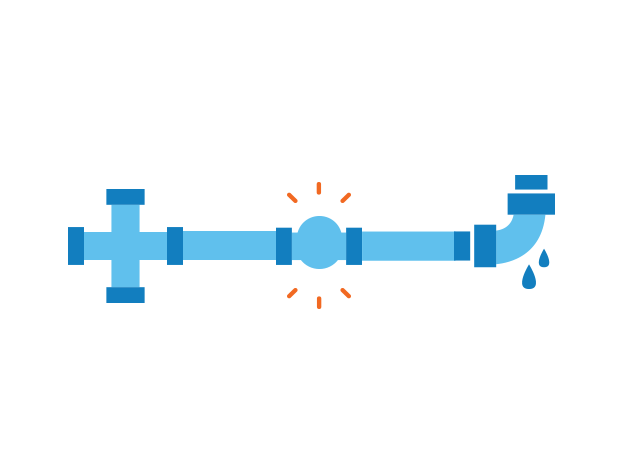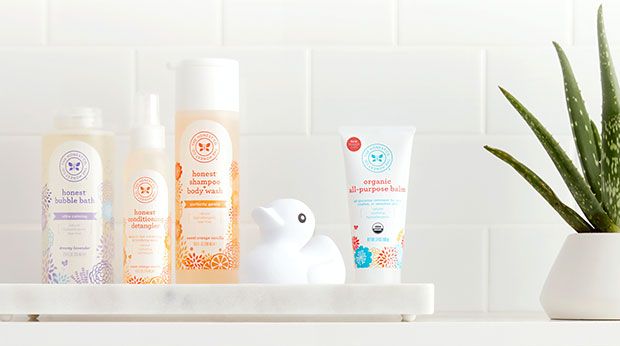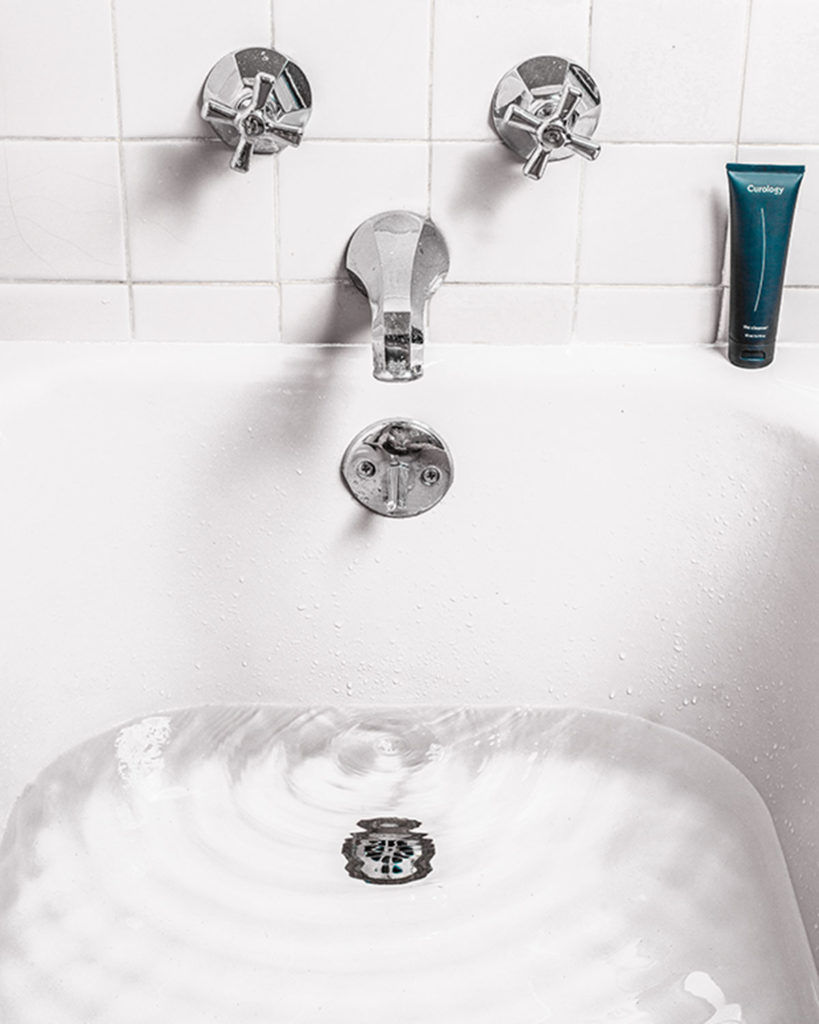Our drainage systems are a part of our homes that we don’t think about until there is a problem. Because drains are designed to take wastewater away from our kitchens, bathrooms, and laundries, a blocked drain can wreak havoc on the home. This plumbing problem is easy enough to remedy. It is perhaps the easiest problem to solve as long as you have no issues with dirty water or hair and product residue build-up. To clear a blocked drain yourself can save you a lot of money, especially if you’re trying to stick within your household’s budget.

The impacts of a blocked drain
Before considering some of the causes of blocked drains, we need to understand the impact they can have in our homes. Our drains are designed to take wastewater out of our homes. When we have blockages, the water can’t escape and so builds up to the point where the only place it can go is back through our plumbing fixtures. Floor wastes, basins, and sinks are all areas where wastewater can re-enter a home if there is a blockage, bringing not only water damage to our homes, but potential health and safety risks associated with bacteria, fungi, and slip hazards.

What causes a blocked drain
Inside our homes, the most common cause of blocked drains is what goes into them. In kitchens, food waste and grease can build up inside the plumbing. If this continues untreated, the drain can become so filled with grease and food waste that water cannot pass through.
Our bathrooms and laundries are quite similar. Dirt is regularly run through our shower and bath grates. Occasionally foreign materials, such as hair, cosmetic creams, so called ‘flushable’ wipes, and excessive amounts of toilet paper, can enter the drainage network and lead to blockages.
Preventing blockages from these elements comes down to being aware of, and minimising, what goes down our drains, as well as regular cleaning.

Blockages we can’t control
Knowing what impact our actions can have on our drains is one thing, but what causes blockages that we can’t control?
- Misaligned pipes
During construction, if our drains aren’t fitted and aligned correctly, the rate at which wastewater flows will slow. This slower flow rate promotes the growth of mould and mildew which leads to blockages over time and will require extra maintenance. - Tree roots
Plants can also be an unseen cause of blocked drains. A crack in an underground drain pipe will provide plant life with a constant source of water. As more and more roots get into the drain, they restrict the water flow to the point where waste materials get caught completely, cutting off the flow and causing sewer choke. Repairing blockages caused by roots can be costly, and ideally, homeowners should look to prevent their drains from becoming blocked before it’s too late.

Diagnosing the problem
The only thing to remember is that it’s important to “diagnose” the problem correctly first before launching into DIY repair; otherwise, you may make matters worse. Once you’ve finally determined the real source or cause of the problem, then you can try the different easy repair methods suitable to the problem.
In finding out the real source of the problem, you must check the other drains in the house first and see if they’re functioning well, and if they are, that can only mean that the clogged drain issue you have is not connected to the main sewer backup which would then require the services of a professional emergency plumber.
Clearing the blocked drain
There are a few different ways you can clear a blocked drain yourself.
Boiling water
Sometimes a blockage can be loosened or dissolved by the use of boiling water. It’s important to note that boiling water should only be used on metal or ceramic pipes. It should not be used on PVC pipes as the boiling water can cause the joints to loosen. Use hot tap water for PVC pipes instead.
Chemical solution
If you don’t want to exert too much physical effort, you can opt to use a strong chemical solution to melt away the blockage. However, sulphuric acid or lye present in this solution is quite toxic, so follow the directions regarding protective gloves and goggles. Some people advise using strongly carbonated drinks instead of the chemical solutions; colas may work, but only for certain non-synthetic blockages.
Using a plunger
A plunger is also a very helpful tool and it’s effective in clearing blocked drains. You just need to stop the overflow and leave about three inches of water over the drain. An important trick to ensure that the plunger’s rim creates a tight seal and creates a strong suction ability is to smear it with petroleum jelly. Place the plunger over the drain and push it down several times to loosen the clog in the drain. Once the source of the clog surfaces, throw it out and clean out other residue that surfaced due to the plunging.
Removing the screws
For the bathroom sink and shower drains which usually get blocked due to the build-up of hair and dirt or when an object accidentally falls into the drain, plumbers advise removing the screws that hold the strainer in place and collect or wash away the dirt that’s preventing water from easily running down the drain.
A sewer snake
If something fell through the pipe, you may have to use some elbow grease. Use a sewer snake either to push the clog down or hook it so you can pull it out upwards. Afterwards, flush out the drain with water to make sure that water is now flowing properly. A sewer snake can cause damage to your pipes so it’s best to leave this task to your local plumber if you don’t feel confident.
Catching the problem early
While the water coming back into our homes is a sure-fire sign that there is a blockage in the system somewhere, knowing other signs of blocked drains can help to identify the issue early. As the blockages aren’t normally formed instantly, there are a few signs you can look out for:
- Strange gurgling sounds coming from the sink or toilet.
- Slow running drains and toilets. This is a key sign of a potential restriction in the drains.
- A foul odour. Trapped water within the system can fill the house with a bad smell, making it unpleasant to be indoors.
- A change in water seal at the bottom of your toilet. Either lower or higher than it normally is.
- A patch of lawn that is greener than the rest. This could indicate you have a cracked pipe below the ground.
If you experience any of these signs, don’t run the risk of it all being fine, as the effects of that dreaded surcharge and overflow can be disastrous.

What to do if the blockage won’t budge
Sometimes, the blockage in the drain just won’t budge. Or perhaps the problem is a lot bigger than first anticipated. A high pressure jet may need to be used to force a blockage out. In some cases, pipe locating devices or CCTV equipment could be needed.
The technicians at JEDI Plumbing are on call 24 hours a day, 7 days a week for any emergency plumbing needs and use the latest and most effective drain clearing technology.

